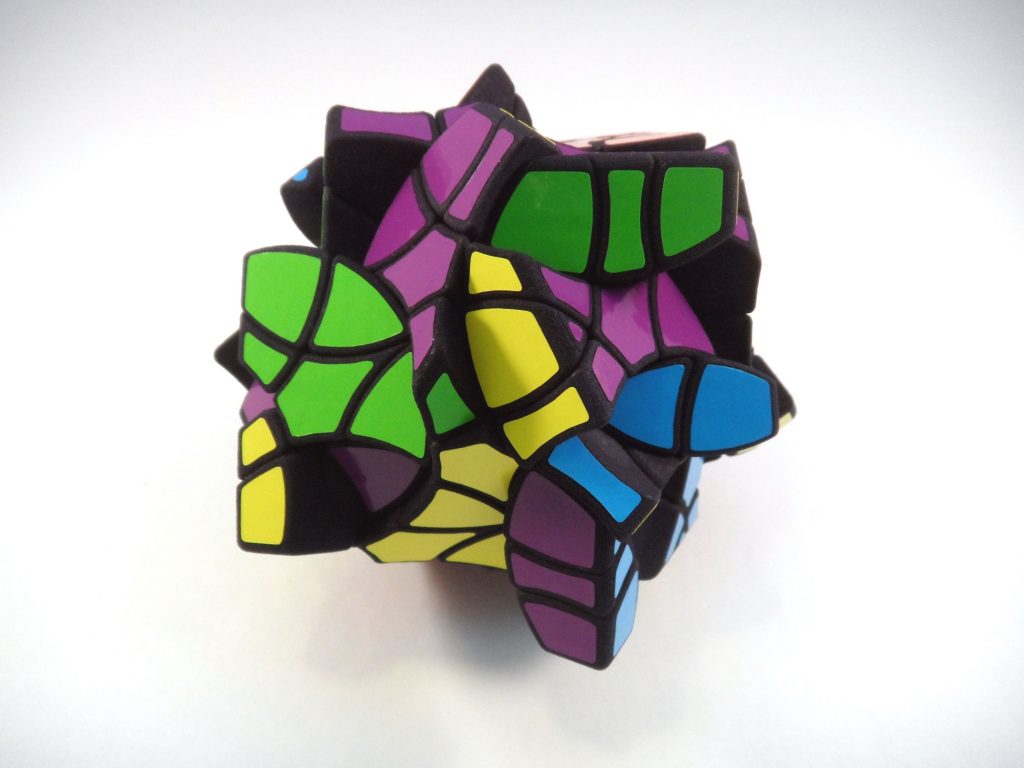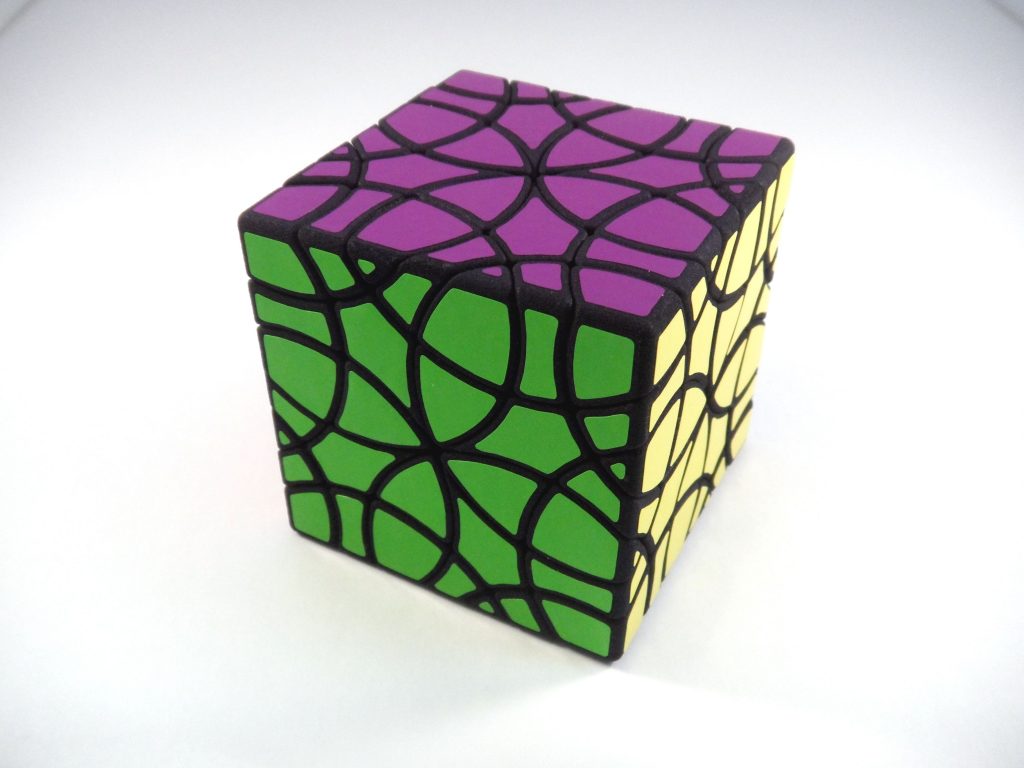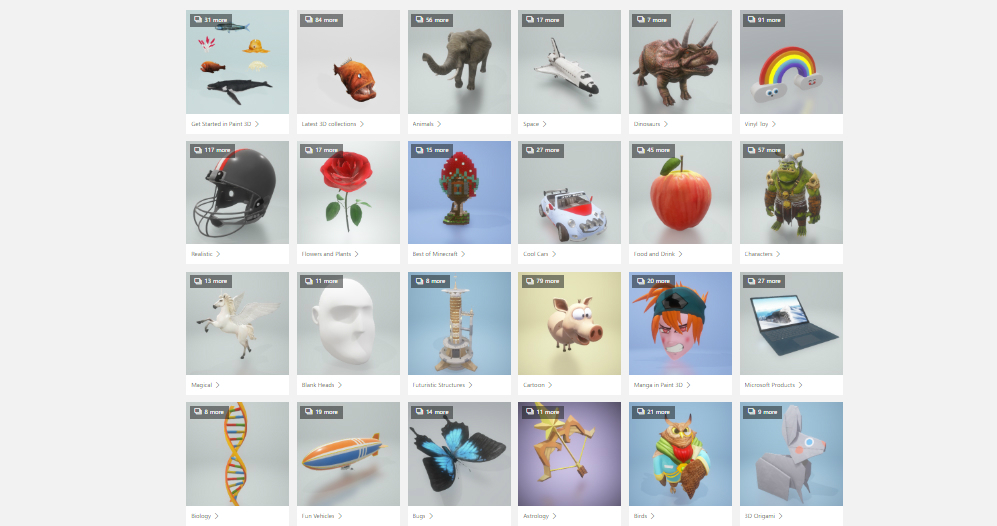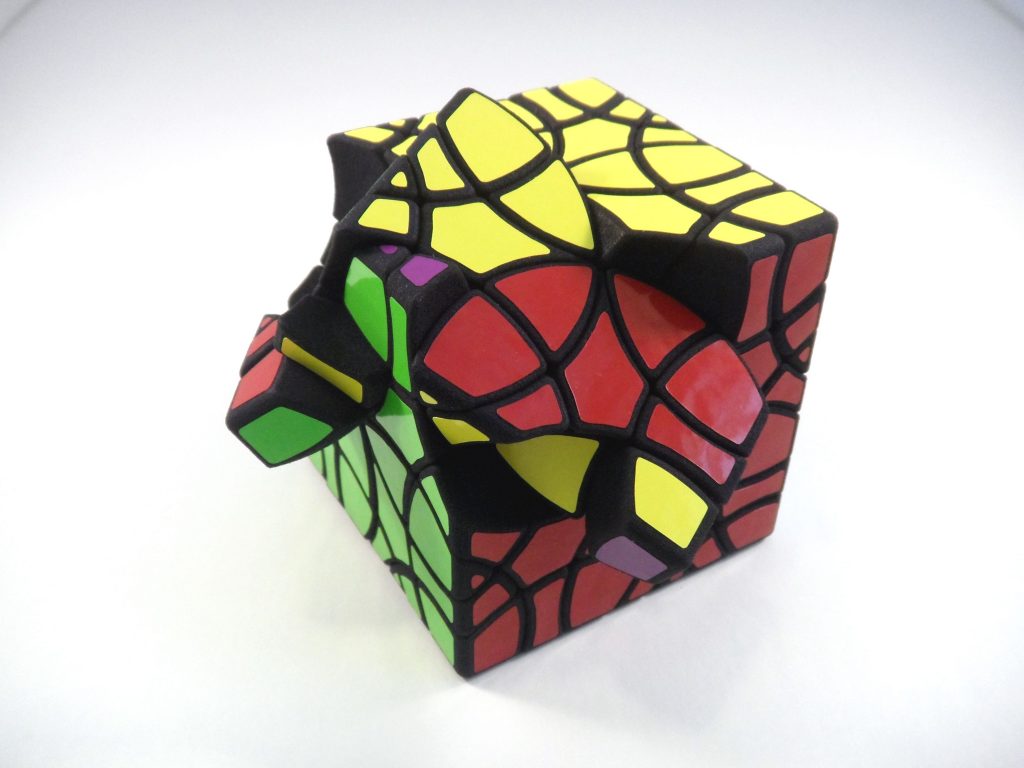
Polyamide 3D Printing at Its Best: Solving David Pitcher’s 3D-Printed Puzzles
Do you want to learn how to 3D print your own puzzles?
Meet designer David Pitcher and get inspired by his inventiveness and his 3D printing expertise.
Challenge accepted?
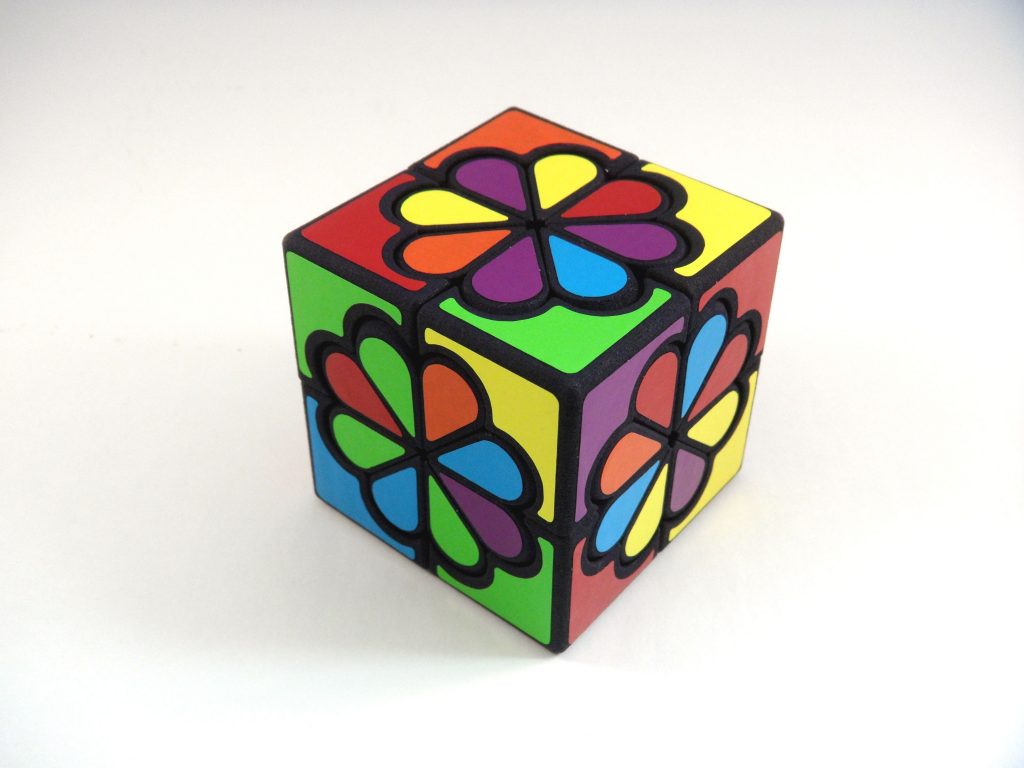
Crazy Daisy puzzle by David Pitcher. Polyamide (SLS) black dye with colored vinyl stickers.
Put an industrial designer with a thing for inventions in the active puzzle scene of Boston and you will get amazing designs! After studying at the Rhode Island School for Design and working as a creator on everything from holograms to light fixtures and store displays, David Pitcher never stops creating intricate block puzzles among other inventions. With about 40 patents in his pocket, he explained to us how he uses 3D printing and 3D printing materials like polyamide to create his impossible, 3D-printed puzzle cubes.
Discover more in the interview!
What inspired you to create puzzles and how did you join this world?
I’ve always loved puzzles, and growing up I would modify things like 15 sliding block puzzles and Rubik’s Cubes to try to create different challenges. My first attempt at a custom design was for a 5x5x5 cube, soon after the original Rubik’s Cube came to America in the 80’s. Of course, this was already in the works in Europe at the time, but it was the first example of a design I created from scratch. Unfortunately, that one never got beyond the drawing pad.
Have you always 3D printed your designs or have you also used other methods to create puzzles?
I was one of the lucky people to have access to 3D printing very early on. I had one of the first printers on the market, a machine made by Sanders Prototype (now Solidscape). It was a very finicky machine, and the parts were fragile, so they had to be cast using urethane and silicone molds, but I was able to make my first custom puzzles with it in the late ‘90s.
Of course, it was the advent of readily available SLS 3D printing through web-based services such as i.materialise that really let my creativity take flight.
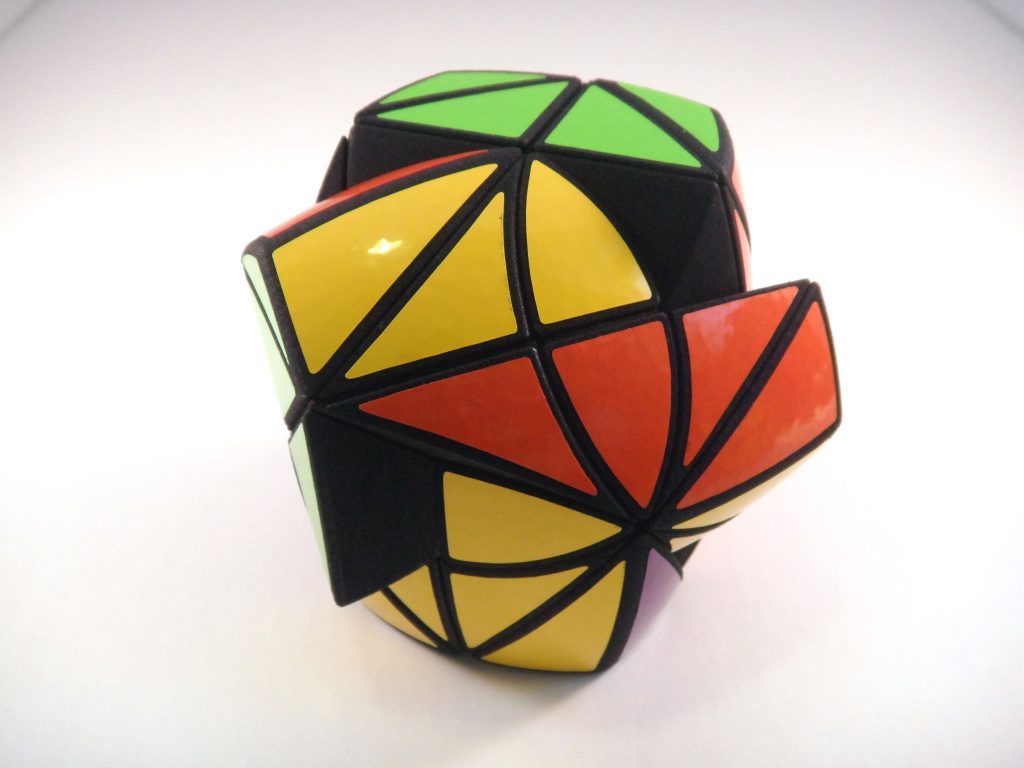
Tetracopter puzzle by David Pitcher. Polyamide (SLS) black dye with colored vinyl stickers.
It was the advent of readily available SLS 3D printing through web-based services such as i.materialise that really let my creativity take flight.
Which advantages does 3D printing have for your designs?
Twisty puzzle design as we know it today would not be possible without 3D printing. I have always liked to create puzzles that make the player think differently. Often, this means using axis systems that no one has made before, which means the puzzles cannot be a modification of an existing mechanism.
This type of puzzle design would be virtually impossible without 3D printing. Of course, the more complex twisty puzzles get, the more essential it is to use 3D printing as well.
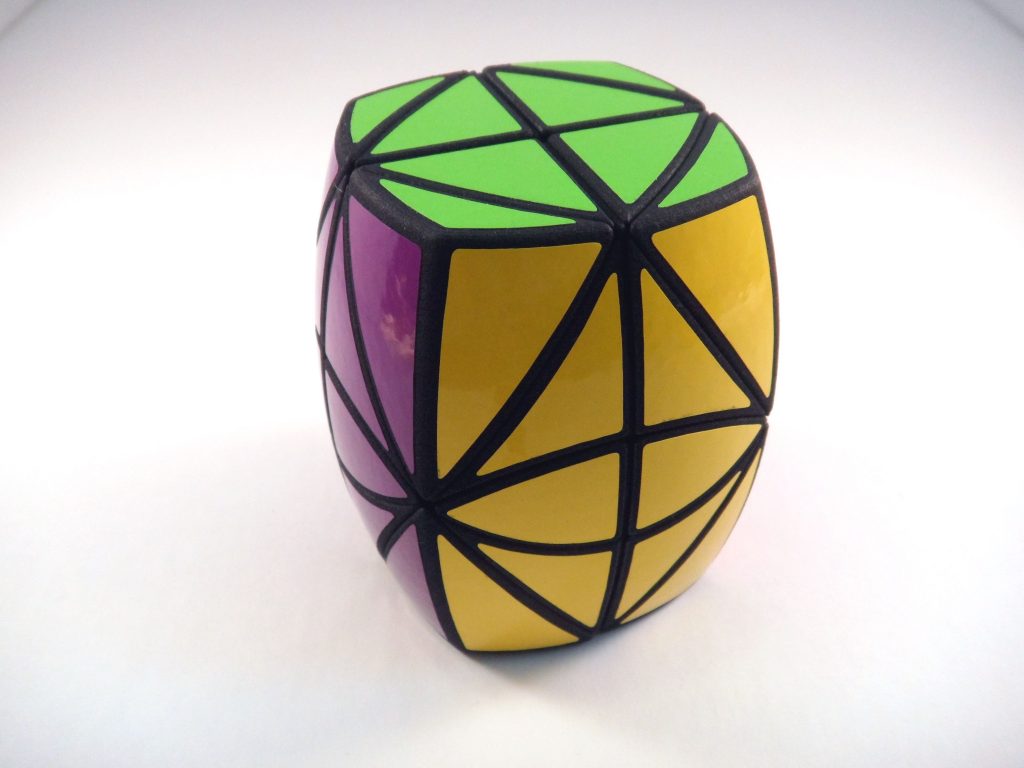
Tetracopter by David Pitcher.Polyamide (SLS) black dye with colored vinyl stickers.
This type of puzzle design would be virtually impossible without 3D printing. Of course, the more complex twisty puzzles get, the more essential it is to use 3D printing as well.
Which 3D design software do you use to design puzzles?
I use SolidWorks to design my puzzles since it has several features that seem almost tailor-made for twisty puzzle design. However, it is an expensive program, and there are now some other good lower cost options available for 3D design such as OnShape. But since I already have SolidWorks, I’ll stick with that for now.
How does your creative process work for 3D printing puzzles?
The hardest part about designing twisty puzzles is coming up with new ideas. I’m always trying to find interesting geometries that will make the solver think in different ways. This means spending a lot of time studying various geometry texts, playing with shapes in SolidWorks, cutting them up, and trying them out.
I’ve been very lucky in that I’ve been able to find so many new puzzle geometries with interesting properties.
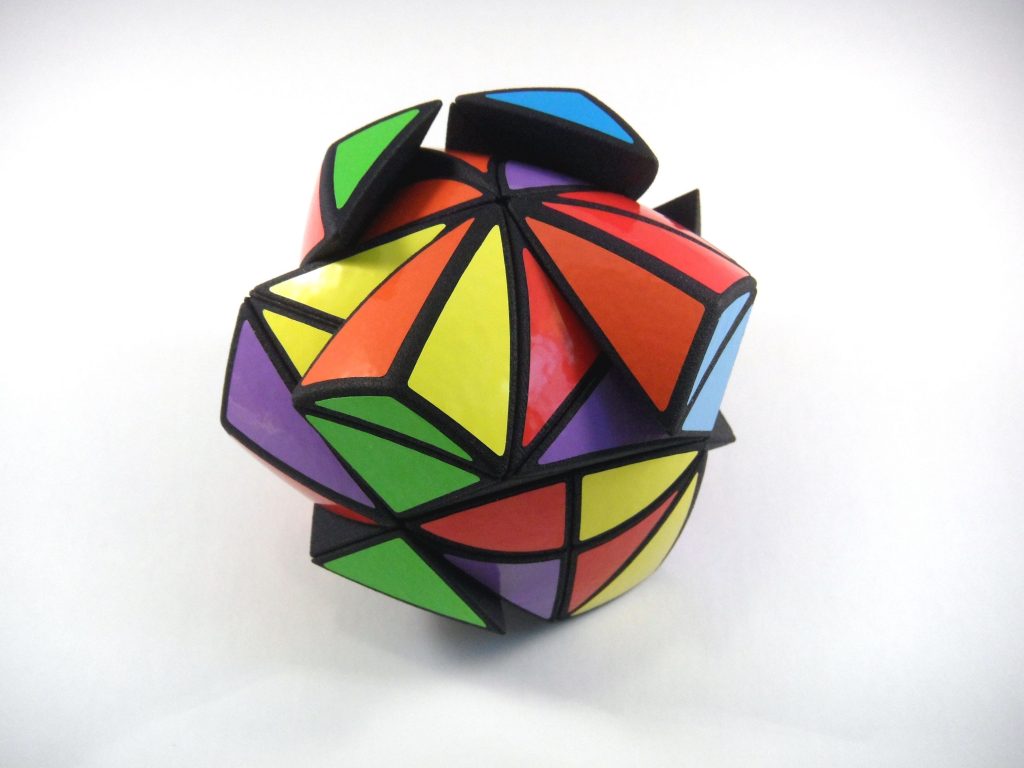
Tetracopter puzzle by David Pitcher. Polyamide (SLS) black dye with colored vinyl stickers.
Of course, not all of my puzzles rely on new and weird axis systems. Sometimes I make a new puzzle just because I like the aesthetic of it, even if it isn’t particularly difficult to solve. It’s nice to have some simpler puzzles in the catalogue too since not everyone who is fascinated by twisty puzzles is an expert solver.
Whatever my reasons for creating a puzzle though, I always try to bring something new to the world.
Which is your favorite material to 3D print the puzzles and why?
Polyamide (SLS) is definitely my favourite 3D printing material to use since it has properties that are ideal for twisty puzzles. Polyamide (SLS) is very strong, can be dyed black, and you don’t have to worry about support structures since the powder bed takes care of that.
Really the only two drawbacks to SLS are the slight “graininess” of the prints and the expense of the process. This is why I’m very excited about new advances in 3D printing, such as the new Polyamide (MJF) process.
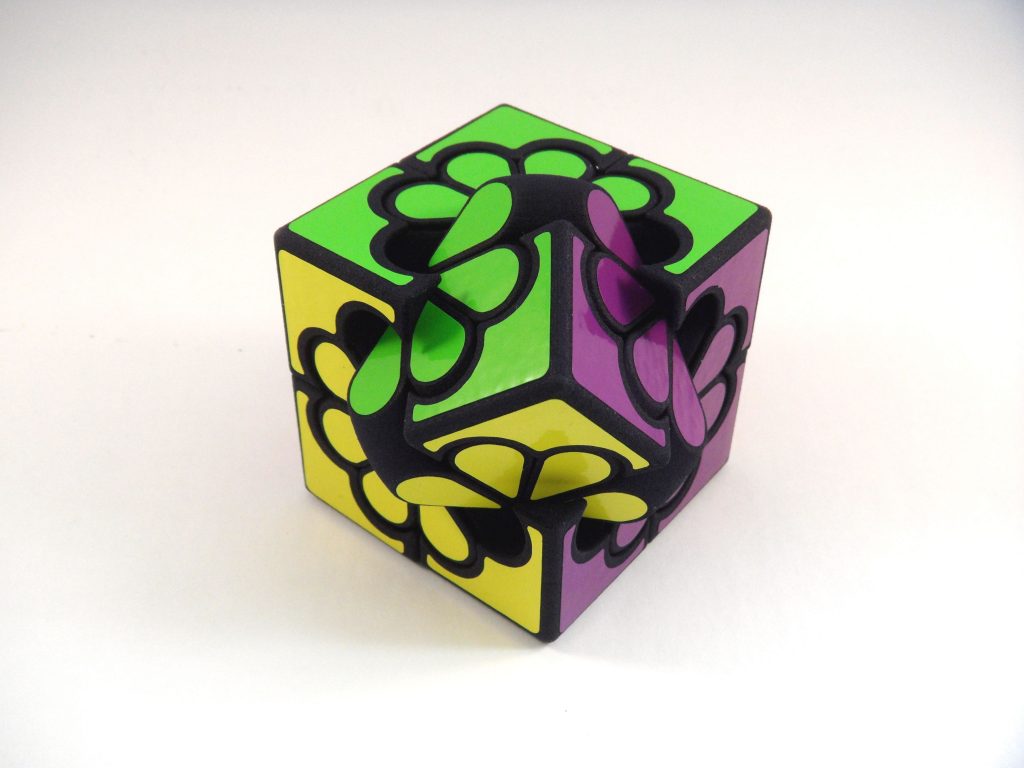
Crazy Daisy by David Pitcher. Polyamide (SLS) black dye with colored vinyl stickers.
Of course in the future as 3D printing advances, I’m sure there will be new materials and processes that will allow even more creativity with puzzle design.
Polyamide (SLS) is definitely my favourite 3D printing material to use since it has properties that are ideal for twisty puzzles. Polyamide (SLS) is very strong, can be dyed black, and you don’t have to worry about support structures since the powder bed takes care of that.
Which advice would you give to someone who wants to start designing and 3D printing puzzles?
The best advice I can give is to start small. Try out something not too complicated, even if it is something that already exists. Get feedback from experts by talking about what you’re trying to do and seek advice in places such as the forum at Twistypuzzles.com. The community of twisty puzzle enthusiasts is very friendly and open to sharing ideas and advice.
Don’t be afraid to ask questions and put your ideas out there! This way a new designer can avoid a lot of possible mistakes and hopefully create a working puzzle on the first try.
After figuring out the best way to make things work, then it’s time to really have fun and create something unique and different!
Are you ready to solve the puzzle challenge? You can buy some of Pitcher’s creations on his i.materialise online shop.
Maybe you are puzzle creator yourself? Now that you know how to 3D print your own puzzles, upload your 3D designs to our platform and get an instant quote for your 3D prints.
Discover more about puzzle creation in 3D printing through this interview and get all the potential of 3D printing in polyamide.


